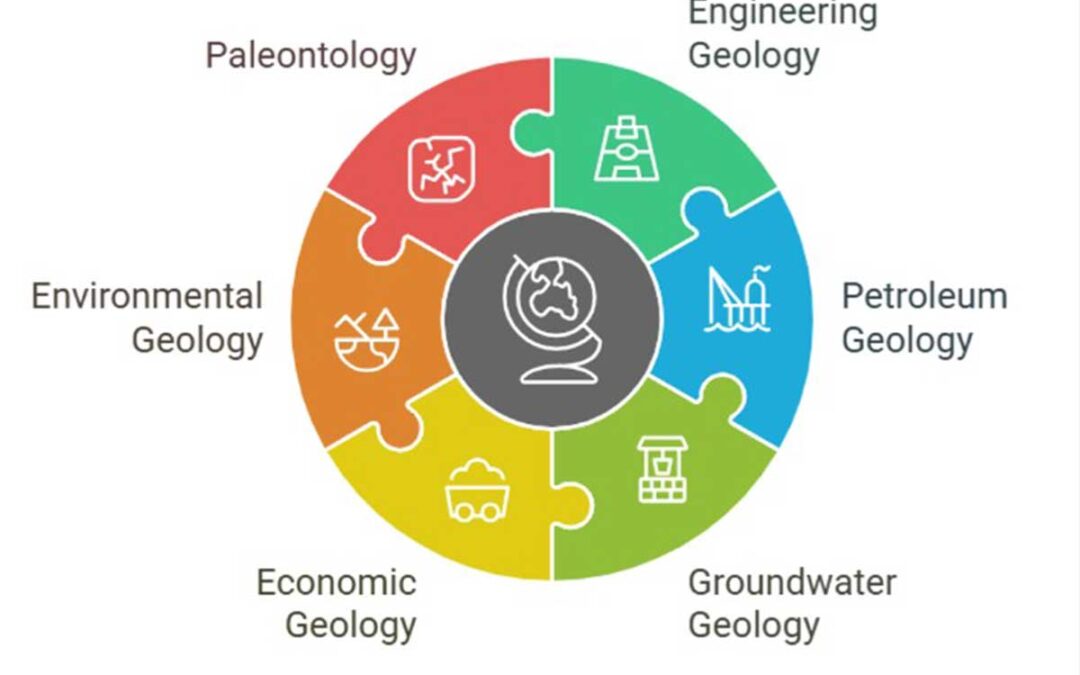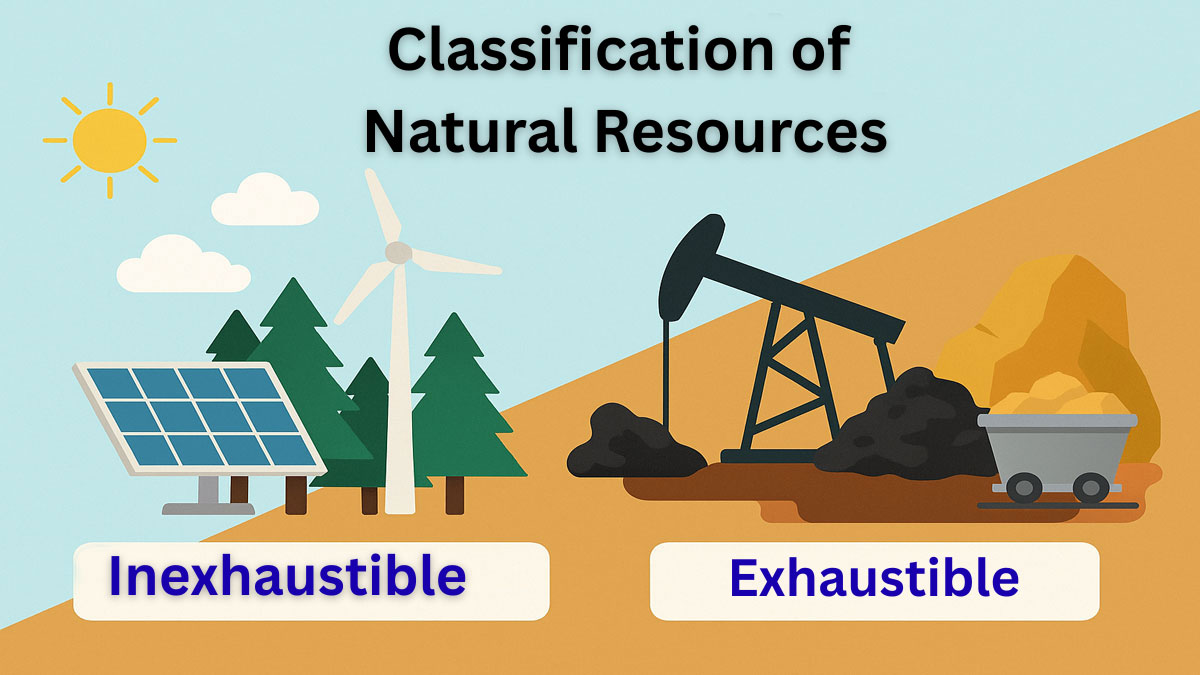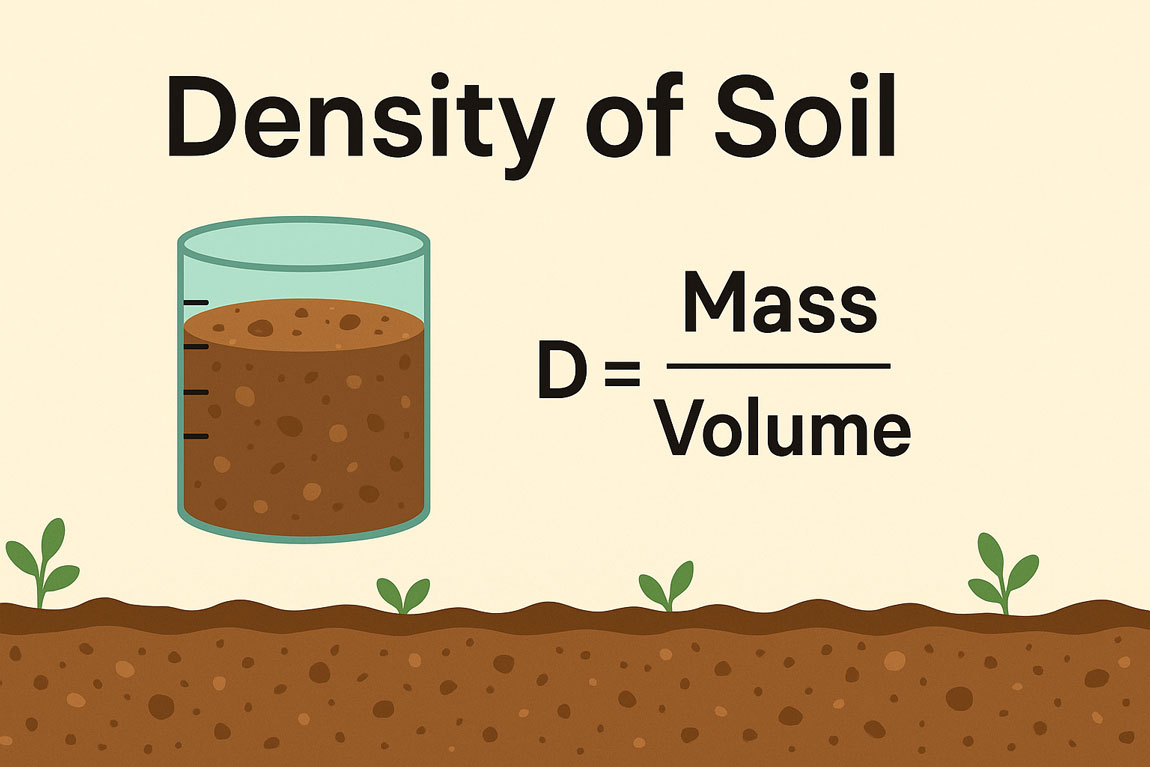Sedimentology, the study of sedimentary rocks and their formation, is essential in geology. Its applications span engineering, petroleum, hydrogeology, economic geology, environmental science, and paleontology.
What is Sedimentology?
There is a term called sedimentology, which refers to the study of sedimentary rock (sedimentary petrology) and the process by which they are formed (sedimentation).
Application of Sedimentology:
The branches of geological science where the knowledge of sedimentology is applied are:
- Engineering geology.
- Petroleum geology.
- Groundwater geology and hydrogeology.
- Economic geology.
- Environmental geology.
- Study of paleontology.
Engineering geology:
Engineers apply geological principles to engineering projects to consider and address all geological factors related to the location, design, construction, operations, and maintenance of structures.
Engineering geologists recommend, analyze, and design solutions that support human development and various types of infrastructure.
They understand how the earth interacts with structures and how geological processes affect human-made constructions and activities.
Petroleum geology:
Petroleum geologists examine the origins, occurrence, movement, accumulation, and exploration of hydrocarbon fuels. They apply a range of geological disciplines specifically to search for hydrocarbons, commonly known as oil exploration.
Geologists evaluate seven crucial elements within sedimentary basins: Source, Reservoir, Seal, Trap, Timing, Maturation, and Migration. They investigate all these elements through the limited ‘window’ into the subsurface provided by one or more exploration wells.
Exploration wells provide only a one-dimensional view of the Earth’s structure, so geologists must deduce three-dimensional characteristics from this data to practice petroleum geology effectively.
Groundwater geology and hydrogeology:
Groundwater includes the water that exists beneath the Earth’s surface, occupying the spaces between rocks and soils and the fractures of rock formations. It constitutes nearly 30 percent of the world’s accessible fresh water.
Aquifers form when rock formations or unconsolidated deposits yield usable amounts of water. The water table marks the depth at which soils or rock fractures become fully saturated with water. Surface water replenishes groundwater, which naturally discharges through springs and seeps, forming oases or wetlands.
People frequently extract groundwater for agricultural, municipal, and industrial purposes by constructing specialized wells. Hydrogeology, or groundwater hydrology, focuses on studying how groundwater is distributed and moves.
Economic geology:
Economic geology focuses on the earth’s materials that hold value for economic and industrial applications. These materials encompass precious metals, base metals, nonmetallic minerals, and stones suitable for construction.
As a specialized branch of geosciences, economic geology is essentially “the application of geology,” as defined by Lindgren in 1933. It serves as a scientific exploration of the Earth’s mineral resources, translating that understanding into practical applications. The primary emphasis of this field is on metallic mineral deposits and various mineral resources.
To analyze, describe, and extract ore deposits, professionals often utilize techniques from other Earth science disciplines such as geochemistry, mineralogy, geophysics, petrology, paleontology, and structural geology.
Geologists typically engage with economic geology, but its relevance extends to engineers, environmental scientists, and conservationists as well. Given the significant influence that extractive industries have on society, the economy, and the environment, this field draws interest from a wide range of professionals.
Environmental geology:
Environmental geology is a practical branch of science focused on applying geological principles to address environmental challenges caused by human activities. This field intertwines with engineering geology and, to a lesser degree, environmental geography.
It involves examining how humans interact with various geological components, including the biosphere, lithosphere, hydrosphere, and, to some extent, the atmosphere. In essence, environmental geology utilizes geological insights to resolve conflicts, aiming to reduce potential environmental damage or enhance beneficial conditions arising from natural or altered environments.
As the global population grows and industrial activities expand our natural environment and resources face increasing pressure, bringing these issues to the forefront of global concerns. The relevance of environmental geology is growing as we seek effective solutions to these pressing challenges.
Study of paleontology:
Paleontology is the intriguing scientific study of life that thrived before the Holocene epoch, around 11,700 years ago. At its core, it involves examining fossils to understand how different organisms classified, interacted with one another, and adapted to their environments, a field known as paleoecology.
The roots of paleontological observations stretch back as far as the 5th century BC. The discipline gained traction in the 18th century, largely thanks to Georges Cuvier’s groundbreaking work in comparative anatomy, and it blossomed throughout the 19th century.
The term “paleontology” itself has been in use since 1822, deriving from the Greek words παλαιός (palaios, meaning “old” or “ancient”), ὄν (on, meaning “being” or “creature”), and λόγος (logos, meaning “speech,” “thought,” or “study”). While paleontology straddles the fields of biology and geology, it is distinct from archaeology since it does not encompass the study of anatomically modern humans.
Today, paleontologists employ diverse techniques from a variety of scientific disciplines, such as biochemistry, mathematics, and engineering. Thanks to these innovative approaches, researchers have pieced together much of the evolutionary journey of life on Earth, tracing it back nearly 4 billion years to when our planet first became habitable.
As our understanding has grown, paleontology has branched into specialized sub-disciplines, some zeroing in on specific types of fossil organisms while others delve into ecological and environmental histories, including ancient climates.






